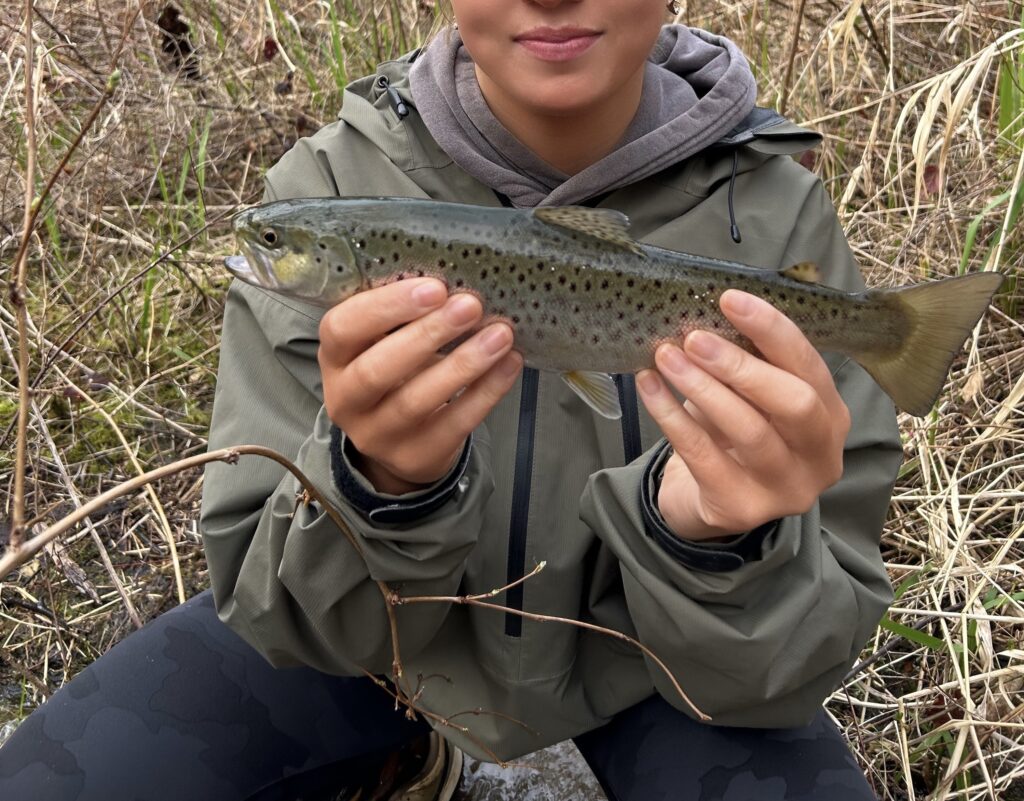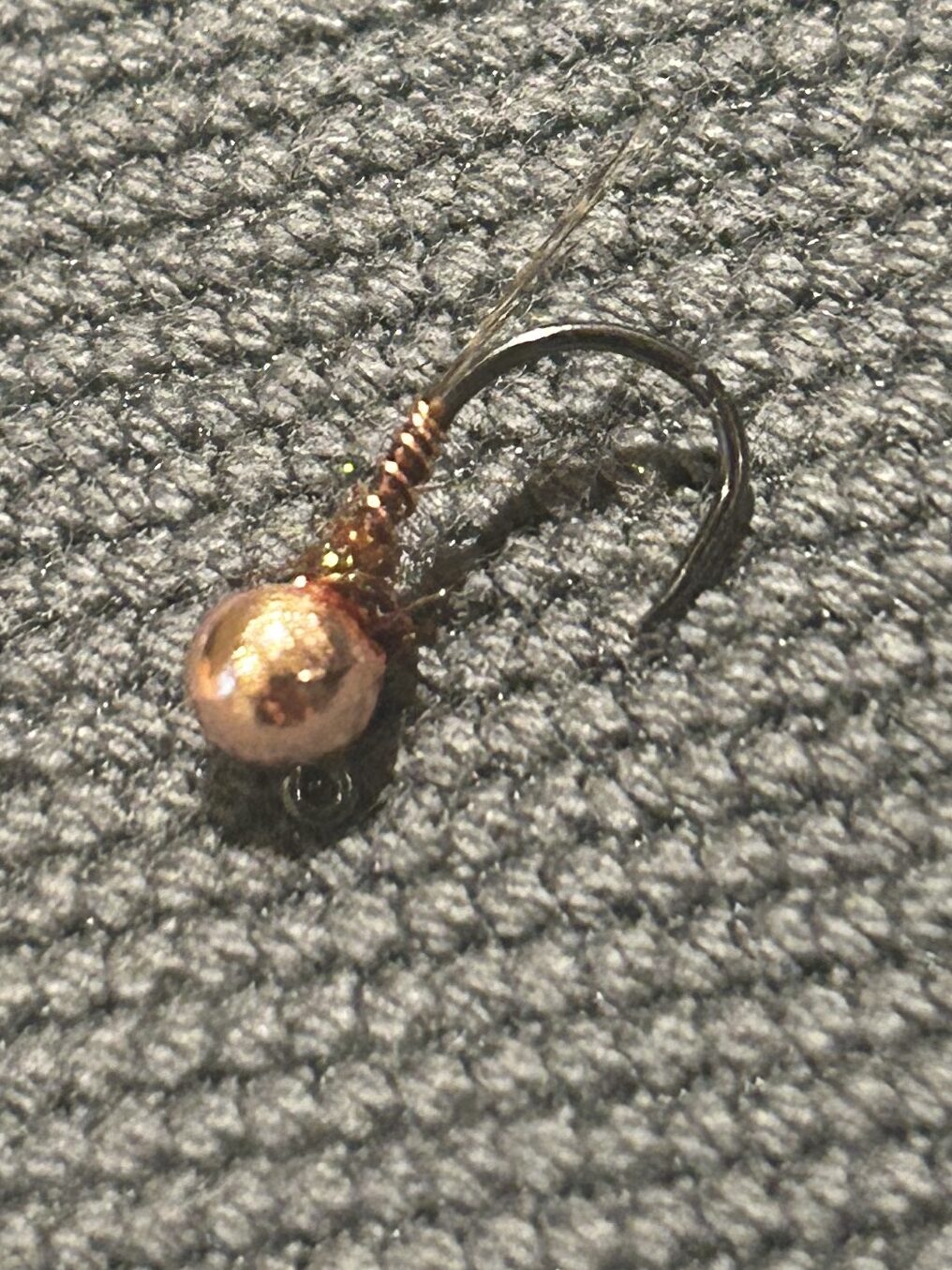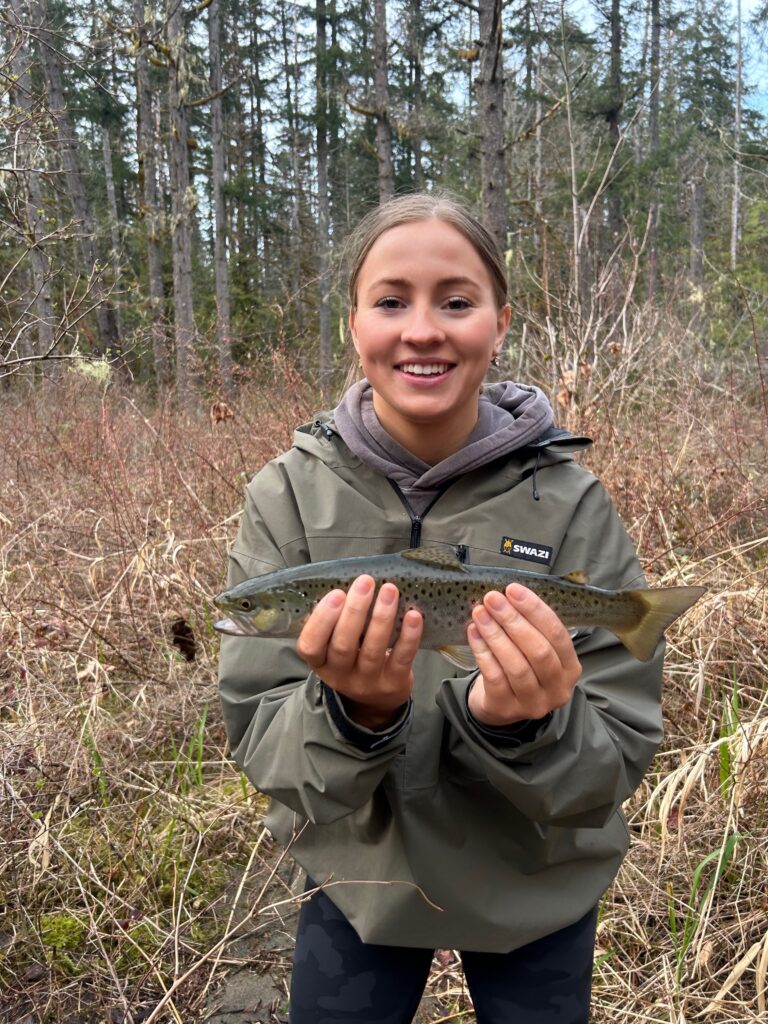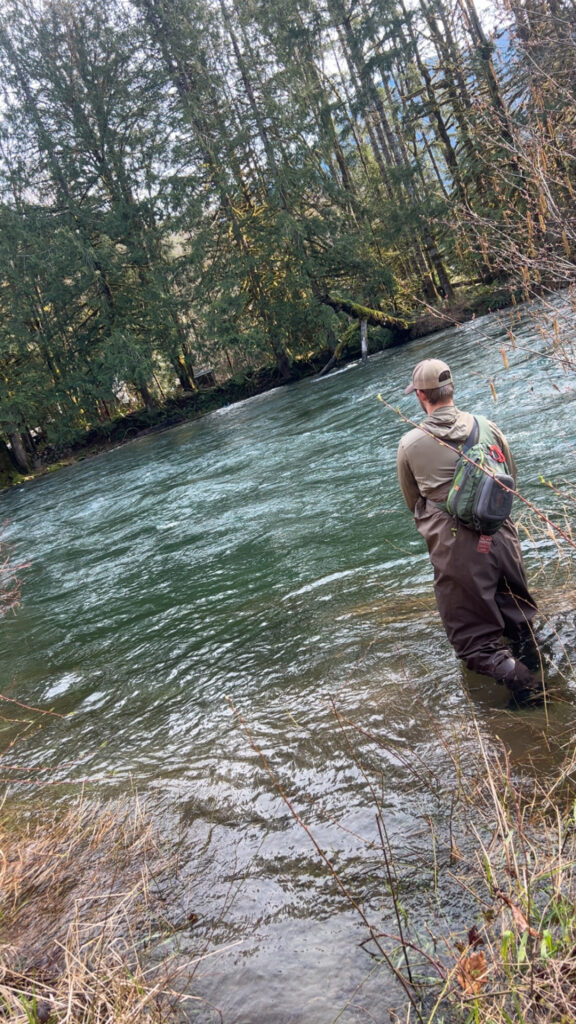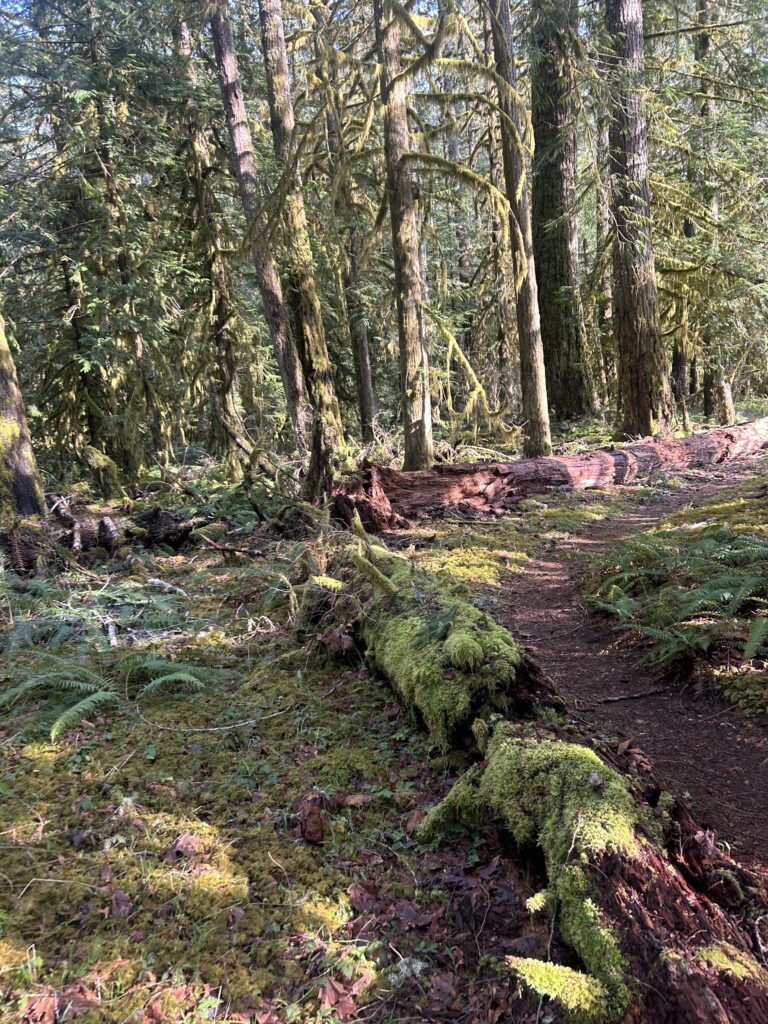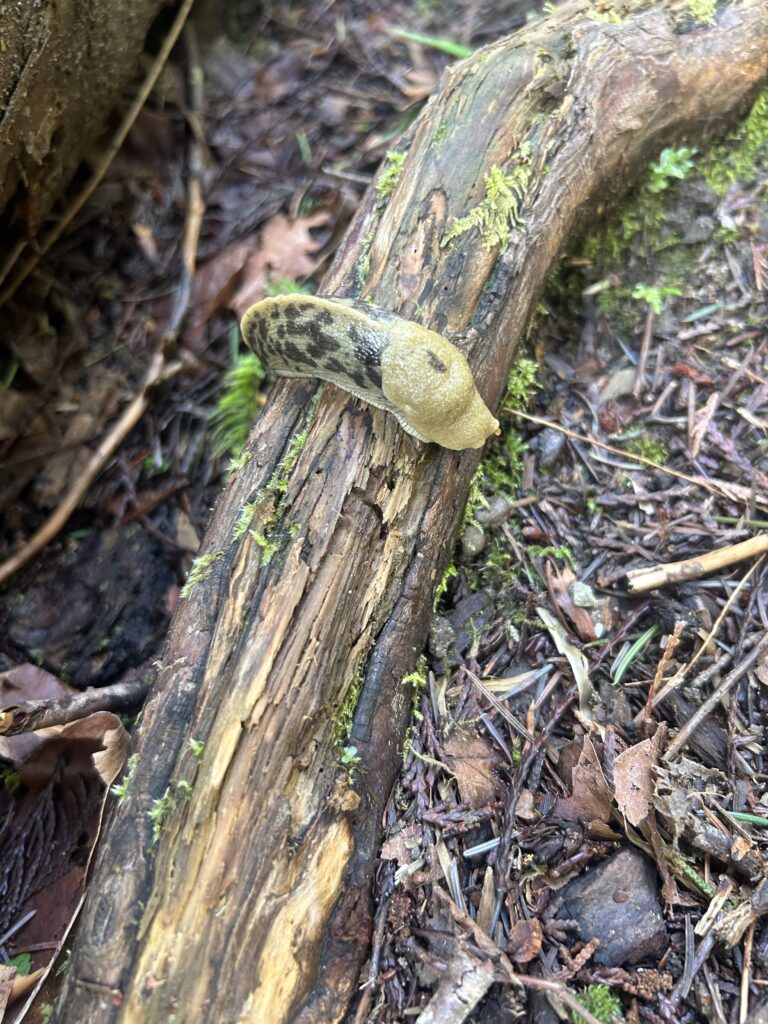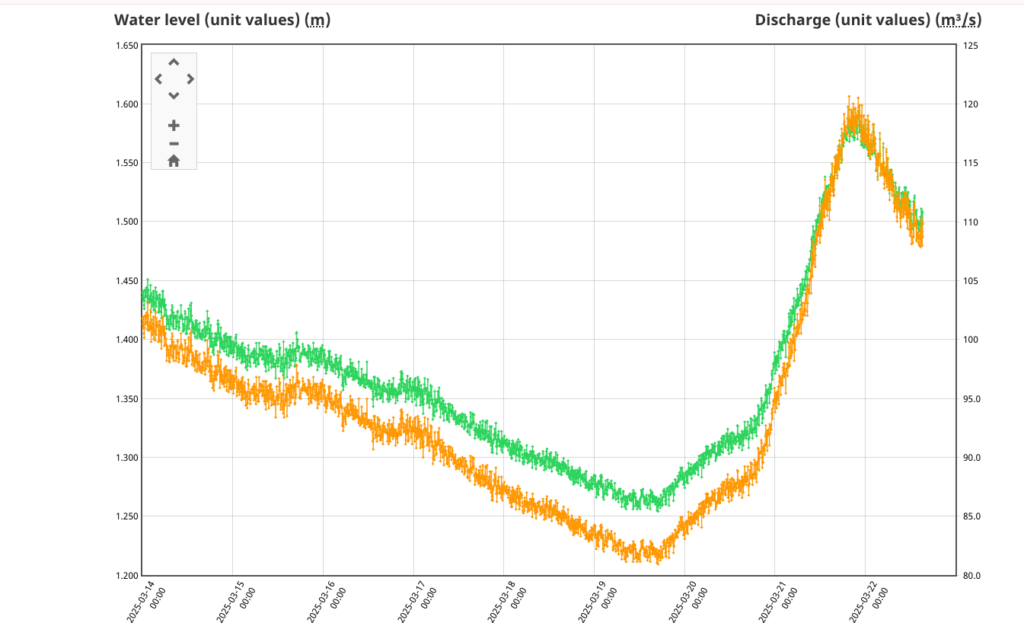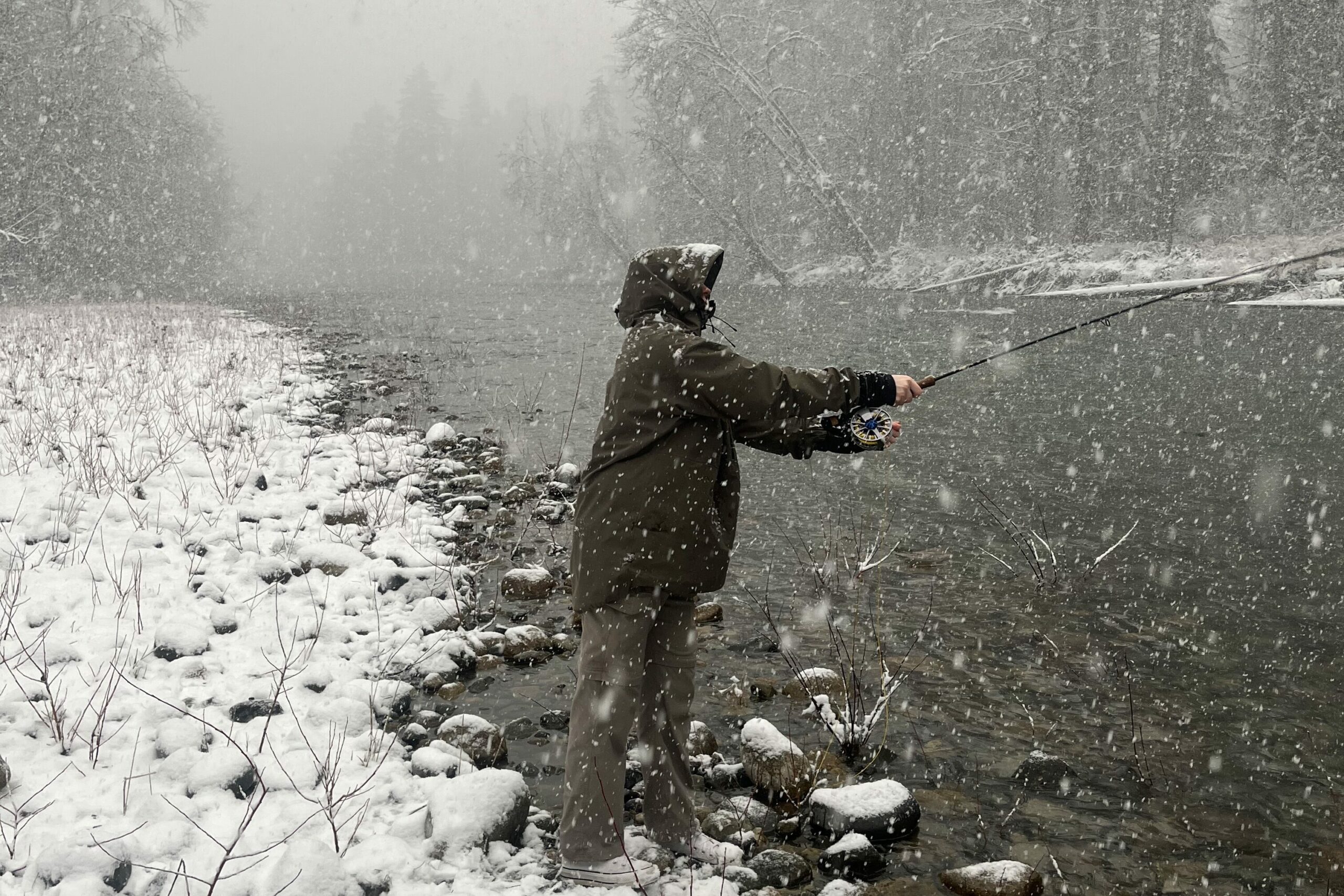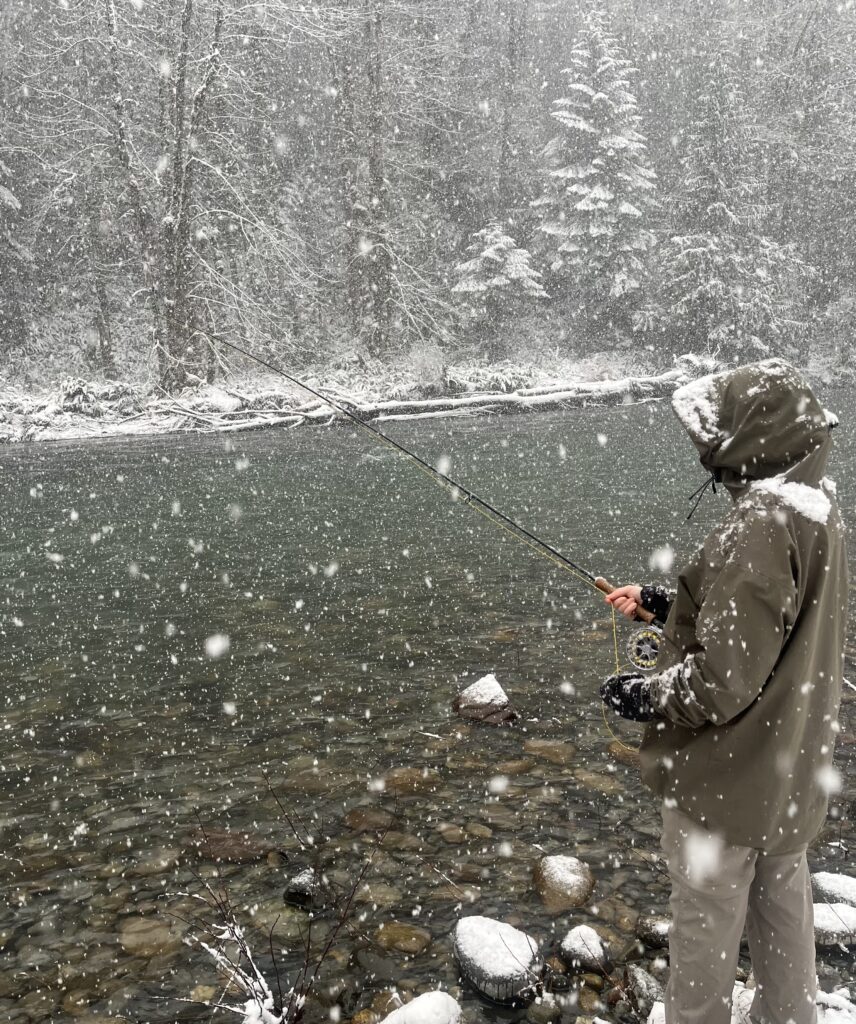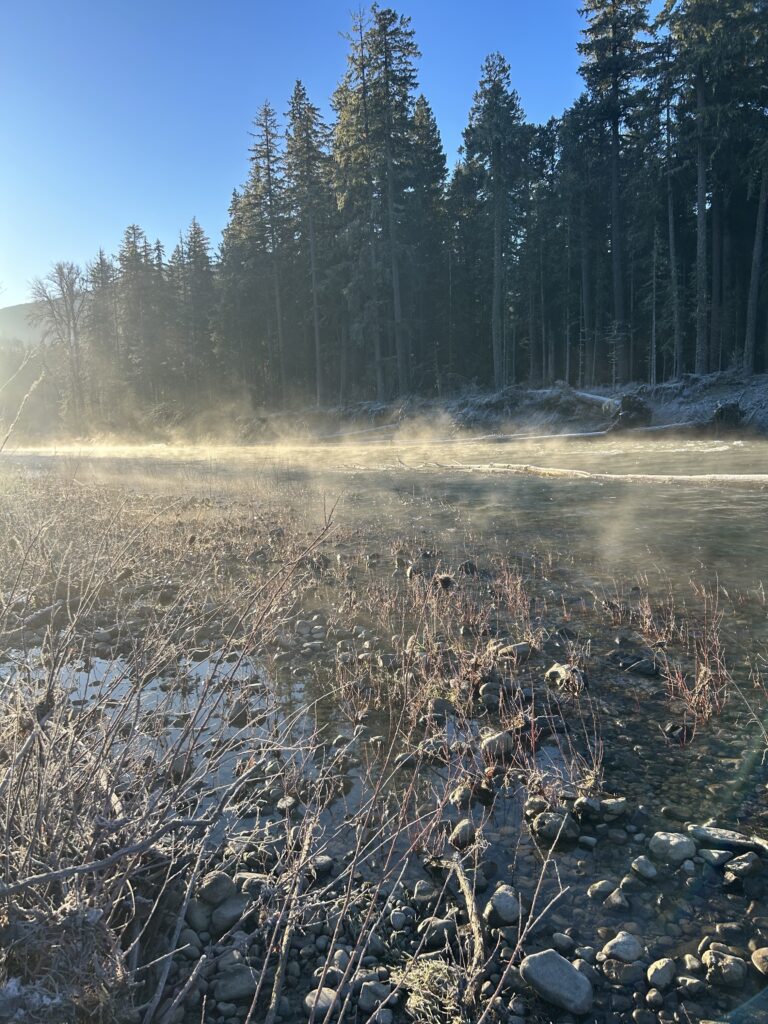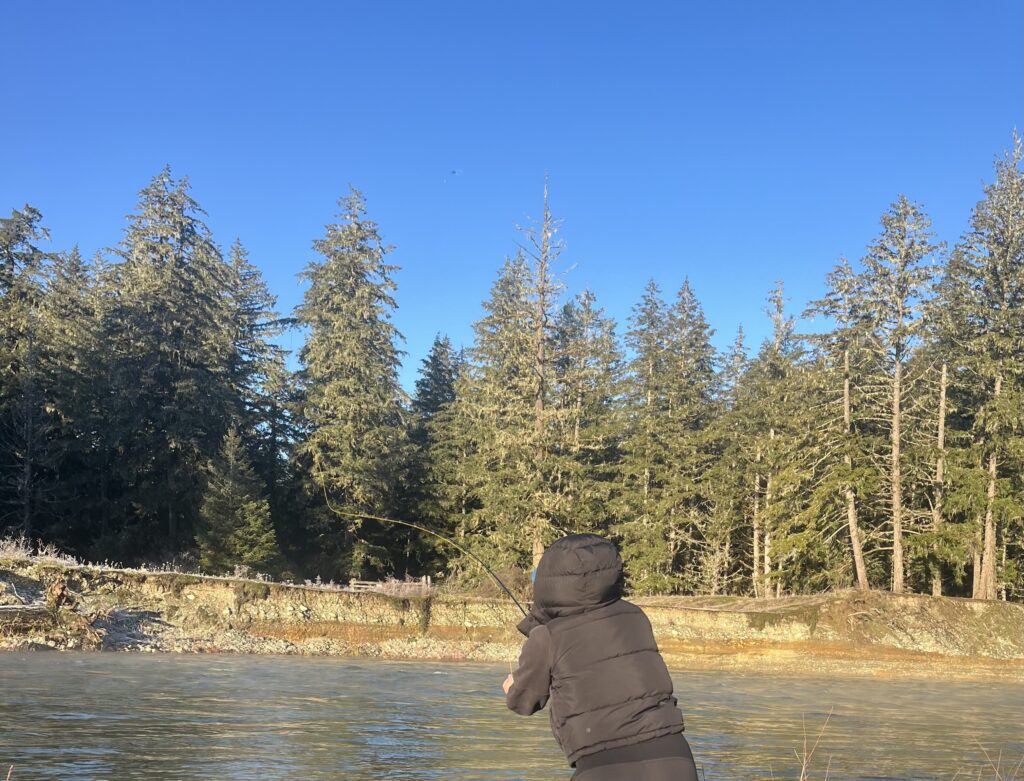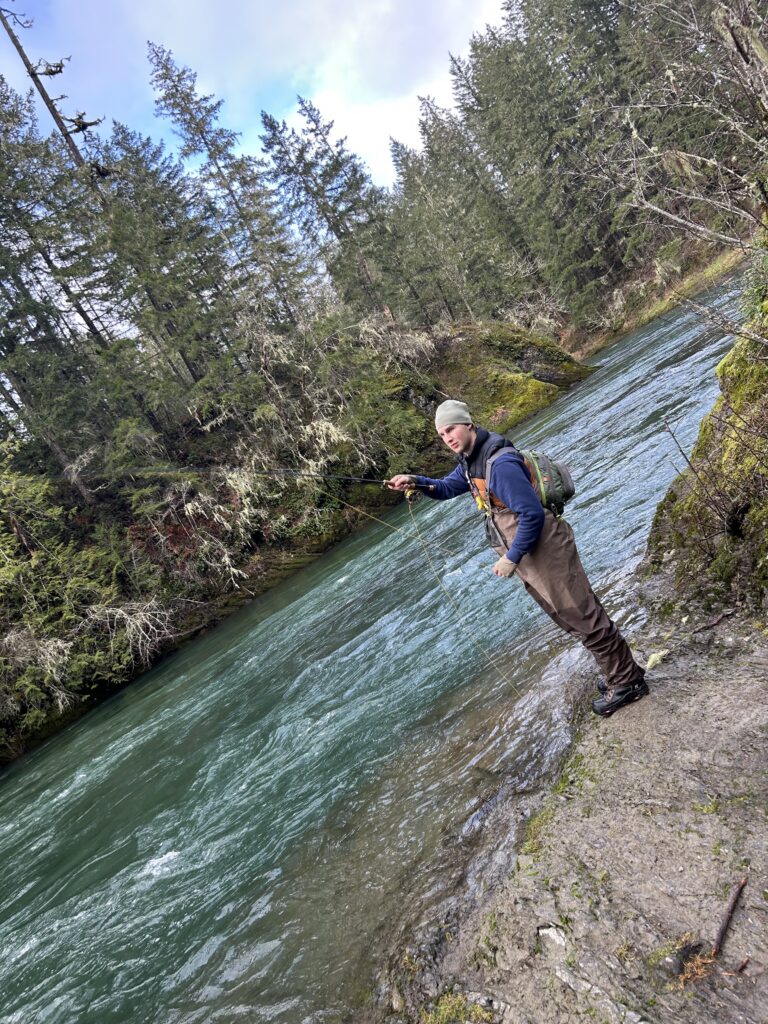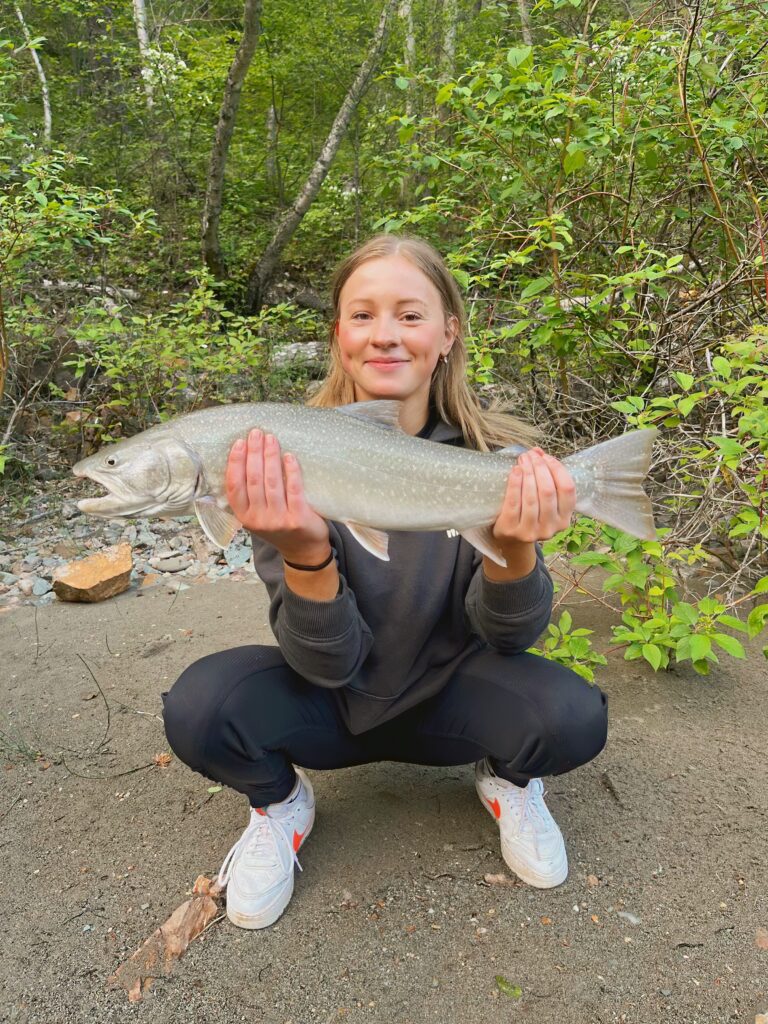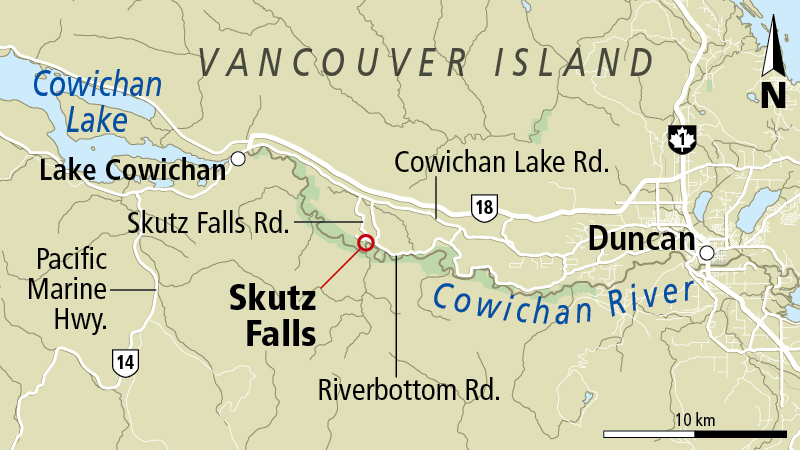
When I first set out on my fishing inquiry project, I envisioned myself catching fish after fish, quickly learning how to catch a steelhead. What I didn’t anticipate was the long, sometimes frustrating journey it would take to get there. Throughout my many trips, I faced quiet mornings on the river with no bites and the constant question “What am I doing wrong?” It wasn’t until my final outing that I finally caught my first fish, an experience that made every struggle worthwhile.
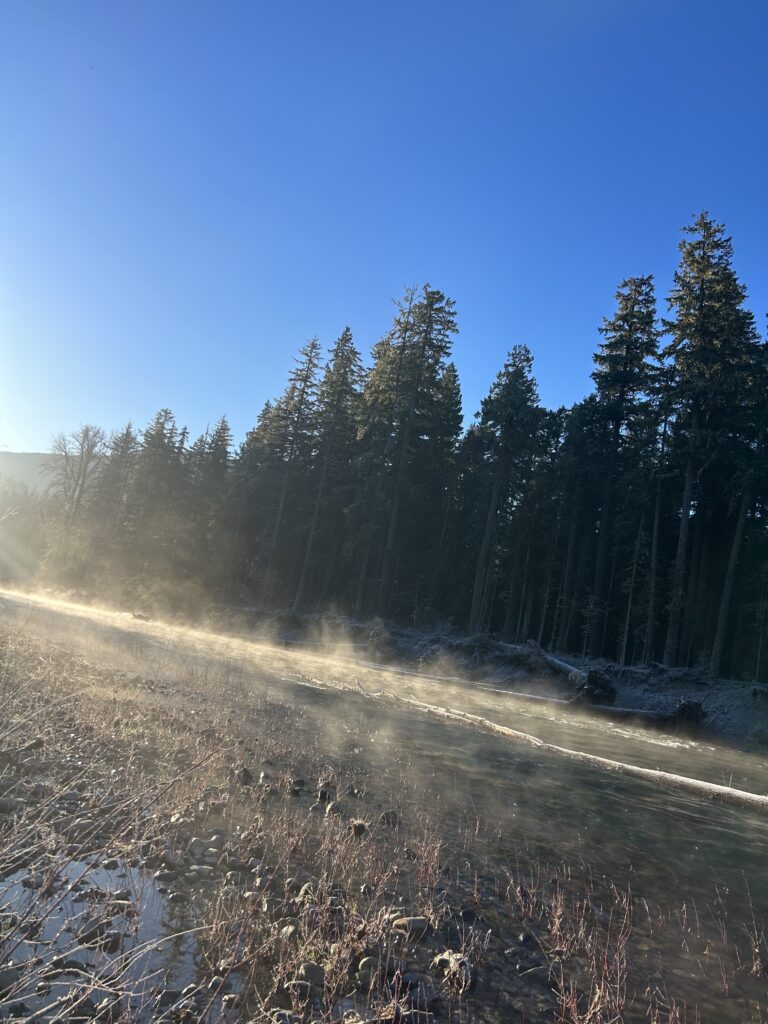
I am used to catching a lot of fish back home so it was kind of upsetting not being able to catch a fish time after time. I began to change my mindset and realized, is not just about the catch, it’s about the process. Each trip was an opportunity to learn and adjust my technique. In those moments of trial and error, I gained a deeper appreciation for the patience and skill required in fishing.
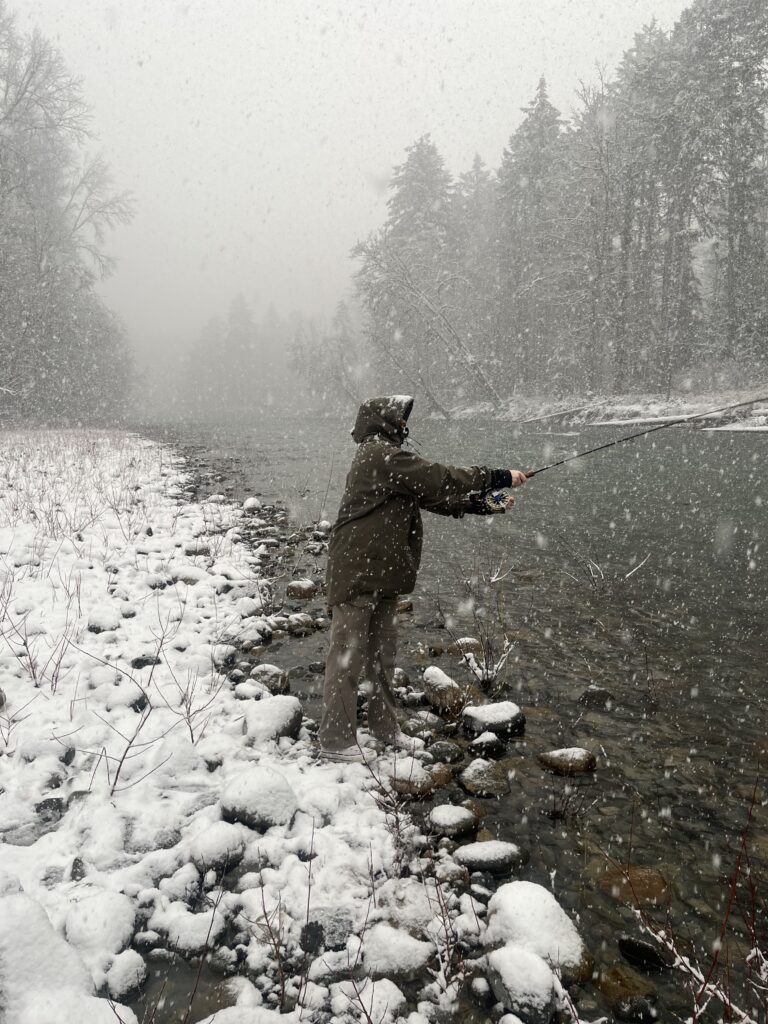
That final trip, the one where I finally caught a fish, was a culmination of all the lessons I had learned along the way. The excitement of feeling that first tug on the line, the thrill of reeling in my fish, and the pride of seeing the results of my patience, it was all so much more rewarding because of the challenges that came before it.
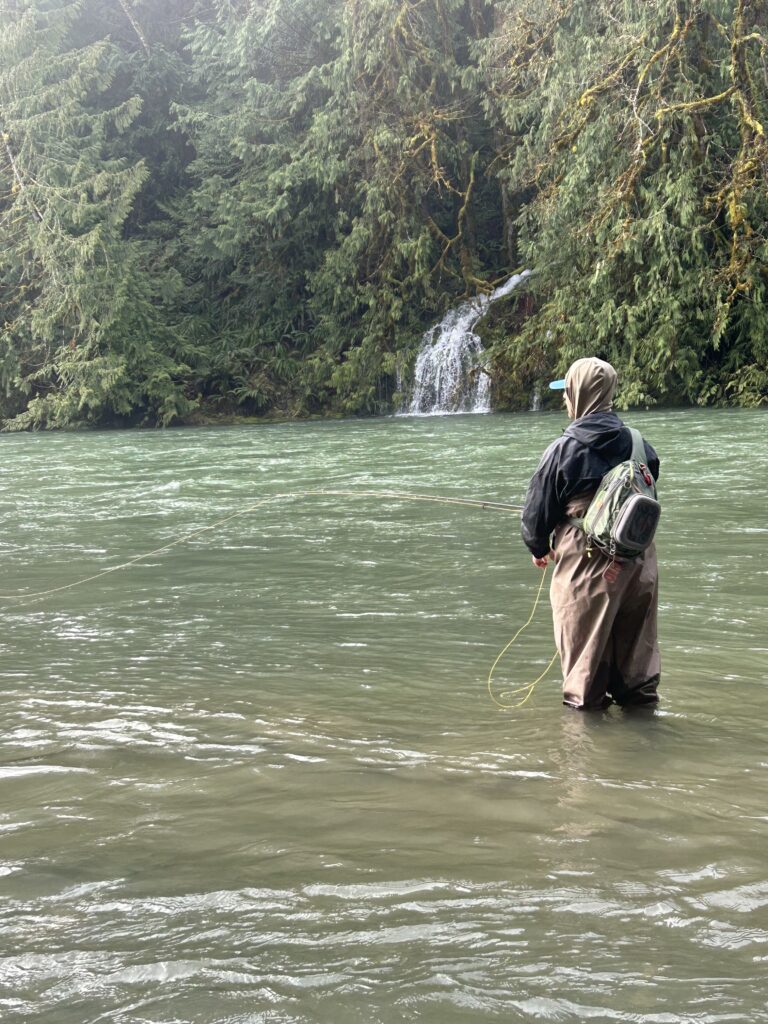
As I close this chapter of my inquiry project, I walk away with a new mindset towards fishing and realize to trust the process and to not give up. I am going to continue my fishing journey over the summer and this was just the beginning. I was starting to debate if this was a good inquiry project but everything worked out just fine and I am glad I took this opportunity!
